Apple tablet stylus patent filed years before iPad debut may boost education sales
Speculation surrounding an Apple patent application for a "Stylus adapted for low resolution touch sensor panels" has been rekindled on reports that such a stylus could be used to improve iPad adoption in the education market.
AppleInsider was first to discover the patent in January 2010, two weeks before the unveiling of the iPad.
The application, which proposed several different types of styli, such as a disk pivot and a powered conductive tip, for use with capacitive touch displays, was filed in July 2008, several years before the release of the iPad.
The invention is credited to John G. Elias, an Apple employee and co-founder of FingerWorks, the firm acquired by Apple during the development of the original iPhone.
The fact that Apple continues to investigate the stylus input method has raised eyebrows, as the company has gone on record declaiming the stylus as suboptimal. In 2007, during the launch of the first-generation iPhone, Apple CEO Steve Jobs said "We are all born with the ultimate pointing device — our fingers — and iPhone uses them to create the most revolutionary user interface since the mouse."
More recently, in April 2010, Jobs said "It's like we said on the iPad, if you see a stylus, they blew it," during the iOS 4 event. The ensuing success of Apple's tablet, which sold over 14.3 million units in its first three quarters on the market, suggests that Jobs was right to abandon the stylus.
However, a New York Times report by Nick Bilton indicates that Apple may be looking into a stylus for the iPad in order to make further inroads into the educational market. Citing "a person who works at Apple on the iPad and is not allowed to speak publicly about the company's upcoming products," Bilton asserts that the main reason for adding a stylus is to "reach a wider number of children in school."
“It’s one of the barriers for school kids and college students to purchase an iPad where they want the ability to take notes by hand and draw in class," said the report's source.
Microsoft founder Bill Gates predicted last year that pen-based tablets would dominate the educational market. "We think that work with the pen that Microsoft pioneered will become a mainstream for students. It can give you a device that you can not only read, but also create documents at the same time," he said.
Gates, however, has not had a good track record with predicting the rise of tablets. In 2001, he asserted that "within five years [the stylus-driven Tablet PC] will be the most popular form of PC sold in America." 10 years later, tablet sales are on the rise, but it is Apple's vision of the tablet that is succeeding.
For its part, Apple revealed in January that it has seen strong demand among education customers. A number of schools (1, 2) have begun equipping their students with iPad in hopes of assisting learning.
Apple offers volume education discounts for App Store software, allowing educational institutions to purchase multiple copies of an application in bulk.
 Josh Ong
Josh Ong
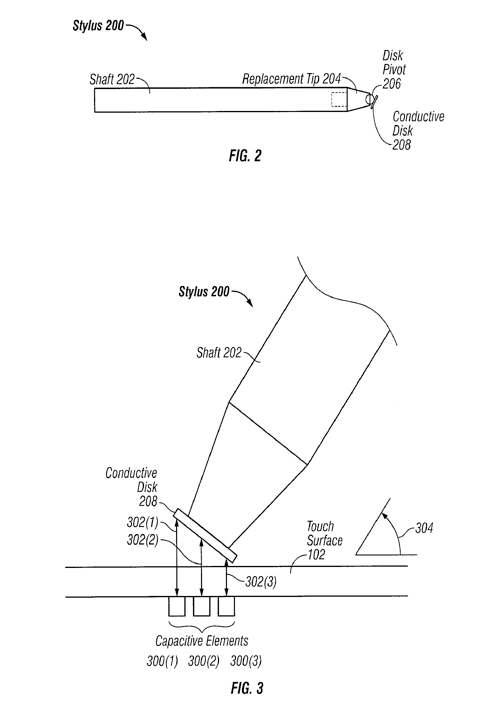
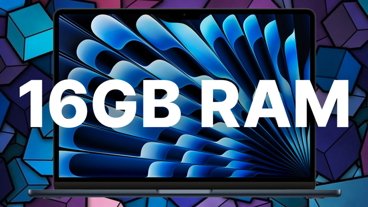
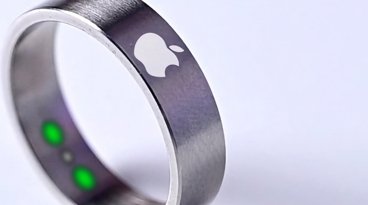
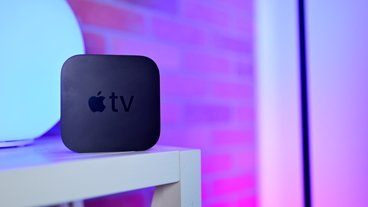

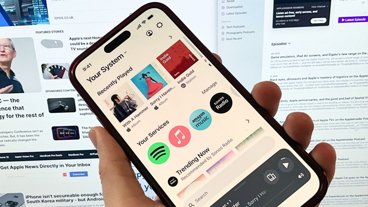

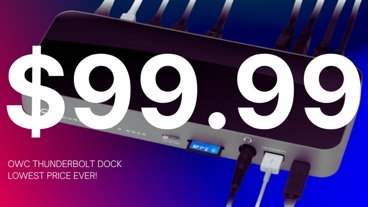
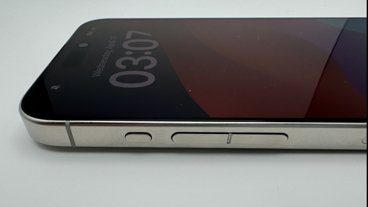
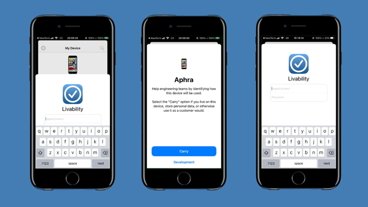
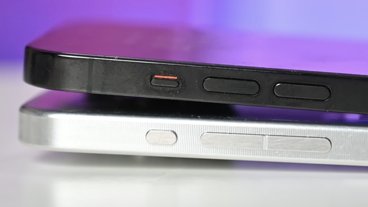
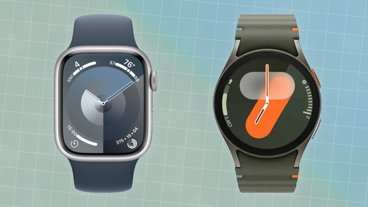
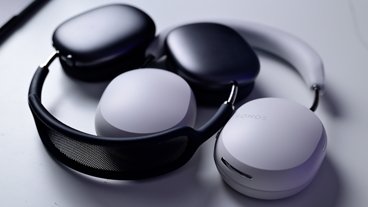
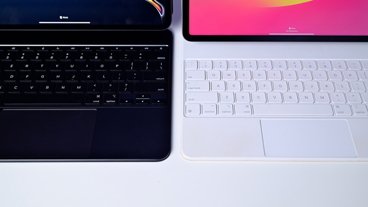
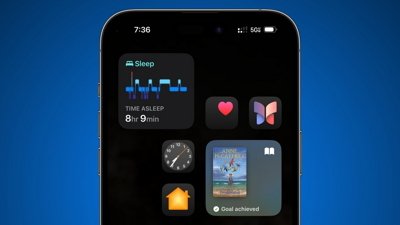
 Amber Neely
Amber Neely
 Thomas Sibilly
Thomas Sibilly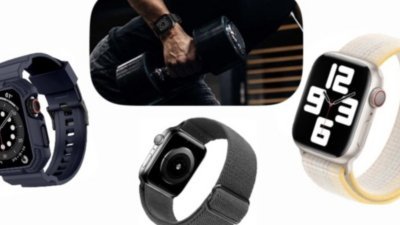
 AppleInsider Staff
AppleInsider Staff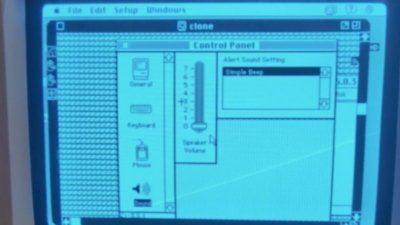
 William Gallagher
William Gallagher
 Malcolm Owen
Malcolm Owen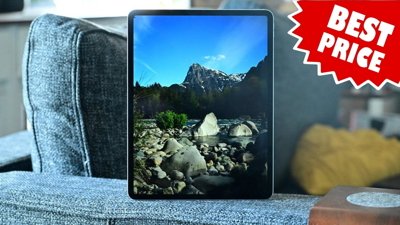
 Christine McKee
Christine McKee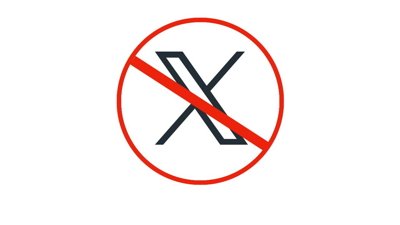
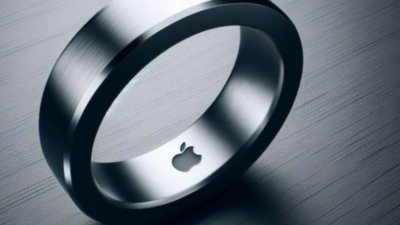
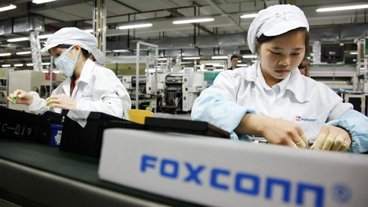
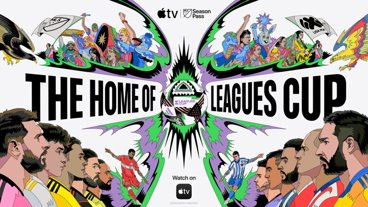
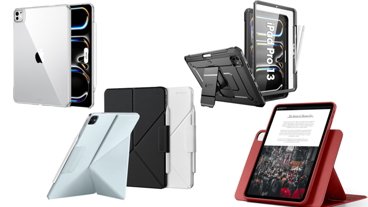
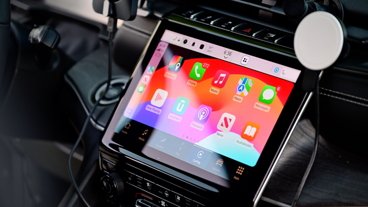
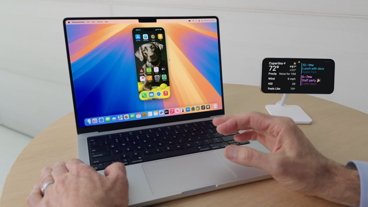
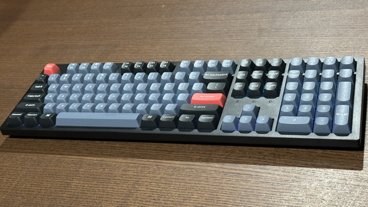

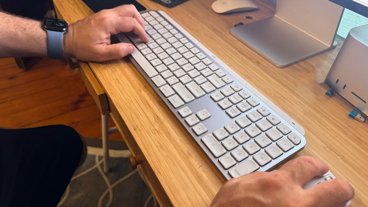

55 Comments
It makes sense for fine detailed work if an app supports it. I was wondering the other day about a painting app that actually responded to a paint brush. I wonder if an iPad could be made sensitive enough?
It makes sense for fine detailed work if an app supports it. I was wondering the other day about a painting app that actually responded to a paint brush. I wonder if an iPad could be made sensitive enough?
The trolls will claim that Apple/Jobs said that you should never use a stylus with a touch-based deivce, even though Jobs comments on that were clear. It shouldn?t be the primary way you interact with the device.
There are clearly uses for a stylus but I think we better innovations with it from the stylus HW to the capacitance sensitivity/accuracy, and the SW that interacts with it. It needs to be integrated with the entire OS and have more pros than cons when it comes to a traditional pen/pencil if it?s ever to supplant the current educational standard.
Imagine a student?s desk that is a touchscreen monitor that they can use to do their math tests on. The question appears and they simply write on the desk using the stylus instead of a paper and hit send when they are done, or do homework that way that can read their calculations to inform of errors and even point out where they made a mistake.
The iPad would be an artist/illustrator's dream device.. At least for me. There's a good reason why Leonardo, Picasso, Rembrandt never used their fingers. It's just unnatural..
Stylus plus pressure sensitivity.. Sweet..
Oh you mean like this....
http://www.youtube.com/watch?v=7xX-B2wG1e4
what next, USB and SD card support? Why limit users at all?
It makes sense for fine detailed work if an app supports it. I was wondering the other day about a painting app that actually responded to a paint brush. I wonder if an iPad could be made sensitive enough?
That's funny. I had the same idea a while back. I wonder how detailed you could capture the bristles if they were made of a capacitive material. There are some good software emulators for a true brush on the app store as well though. Some might continue to argue "why?"
I'm all for a stylus myself. Pens are natural. I wouldn't want to use one on a PC tablet like Microsoft would have you, but for artistic purposes it's needed.
I think Apple would feel like they've made their point that an iPad is very different than a tablet PC by now that they could make a stylus without "confusing" people.
Also, capacitive styluses continue to persist in the 3rd party market and they are all terrible therefore it would seem a good fit for Apple to make one. The best implementation I could imagine would resemble the patent cited . If the device itself were pressure sensitive and could send that information to the iPad via bluetooth it could be a very neat work around (complete fix) to the lack of pressure sensitivity of the iPad.